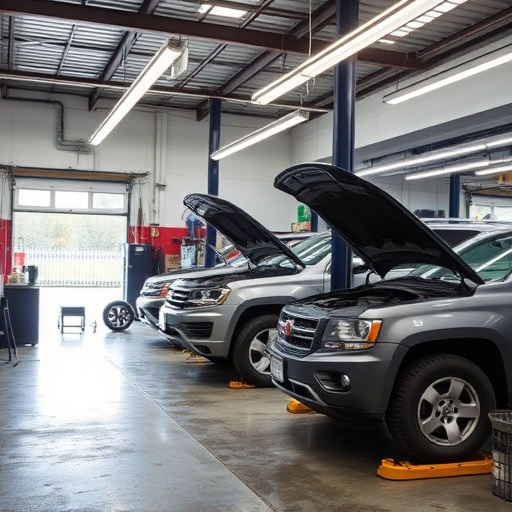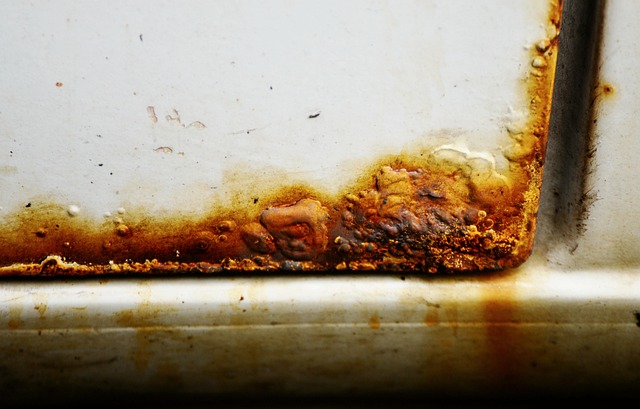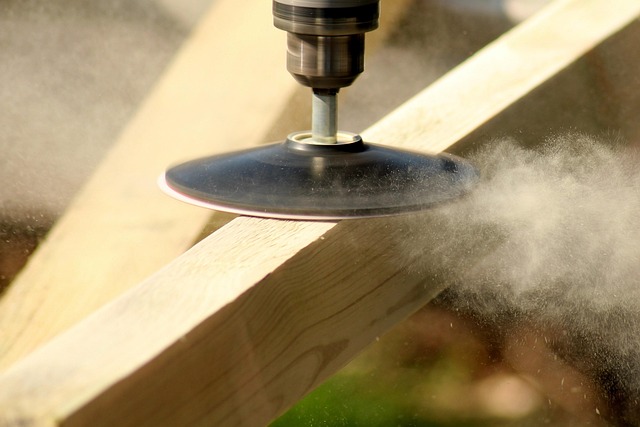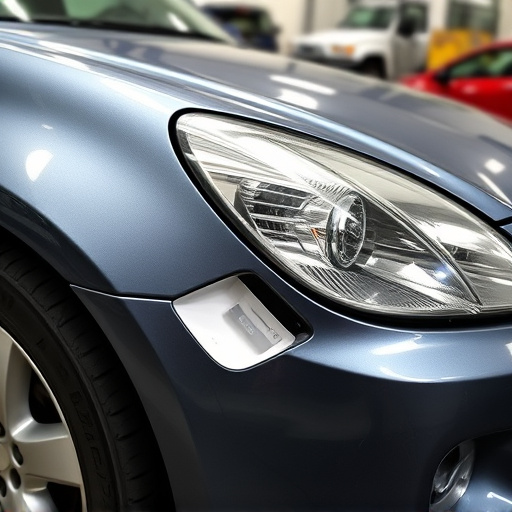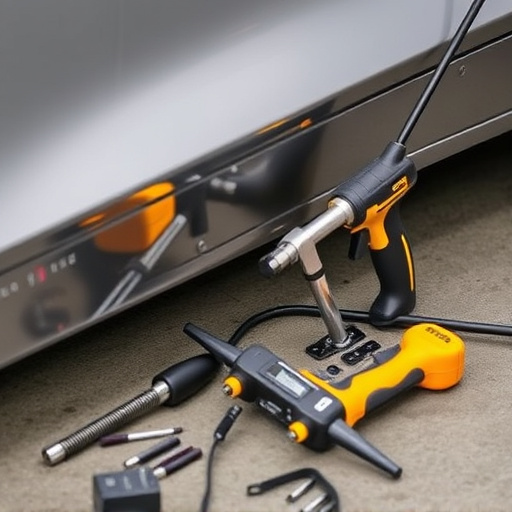ADAS Recalibration Glass is a specialized automotive glass that supports advanced driver assistance systems (ADAS) by ensuring accurate sensor data for features like adaptive cruise control, lane keeping assist, and automatic emergency braking. It maintains optical clarity and stability, mitigating disruptions from manufacturing variations, environmental changes, or car body damage. Climate change impacts ADAS performance due to extreme weather conditions affecting sensor accuracy; thus, regular recalibration using this glass becomes vital for collision repair services to enhance road safety. The integration of ADAS Recalibration Glass in modern vehicles improves their climate adaptability, ensuring Automated Driving Assist Systems remain accurate and reliable under diverse climatic conditions.
“Unveiling the significance of ADAS Recalibration Glass in an era of climate shifts, this article explores its pivotal role in enhancing automotive safety systems. We delve into the fundamentals of ADAS recalibration glass, a cutting-edge technology that ensures precise sensor performance. As global climates evolve, this innovative solution becomes indispensable for maintaining optimal Advanced Driver Assistance Systems (ADAS) functionality. By understanding their synergy, we uncover how these technologies adapt to changing environments, ultimately fostering safer and more resilient driving experiences.”
- Understanding ADAS Recalibration Glass: The Basics
- Impact of Climate Shifts on ADAS Functionality
- The Synergy Between Recalibration Glass and Climate Adaptability in ADAS
Understanding ADAS Recalibration Glass: The Basics
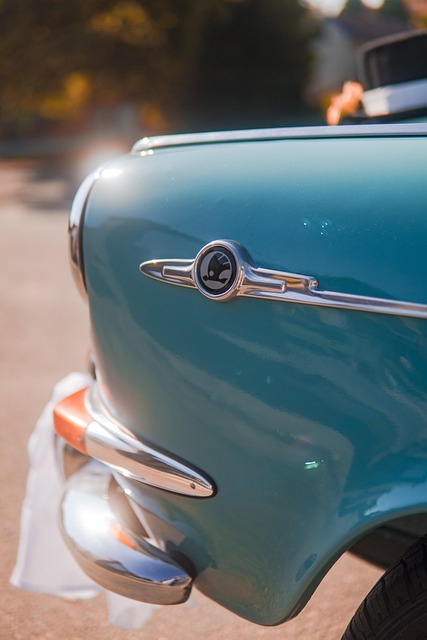
ADAS Recalibration Glass is a specialized type of automotive glass designed to support Advanced Driver Assistance Systems (ADAS) in vehicles. These systems rely on accurate sensor data to provide features like adaptive cruise control, lane keeping assist, and automatic emergency braking. Over time, sensors can become less precise due to factors such as manufacturing variations, environmental changes, or damage to the car’s bodywork. This is where ADAS recalibration glass comes into play.
The glass itself is engineered to maintain optical clarity and stability, ensuring that sensor signals remain undisturbed. During a car damage repair or paint services, it’s crucial to consider using ADAS recalibration glass to minimize disruptions in the vehicle’s safety features. By maintaining the integrity of the car’s sensors, this glass helps preserve the functionality of these critical systems, enhancing overall driving safety and peace of mind for drivers.
Impact of Climate Shifts on ADAS Functionality
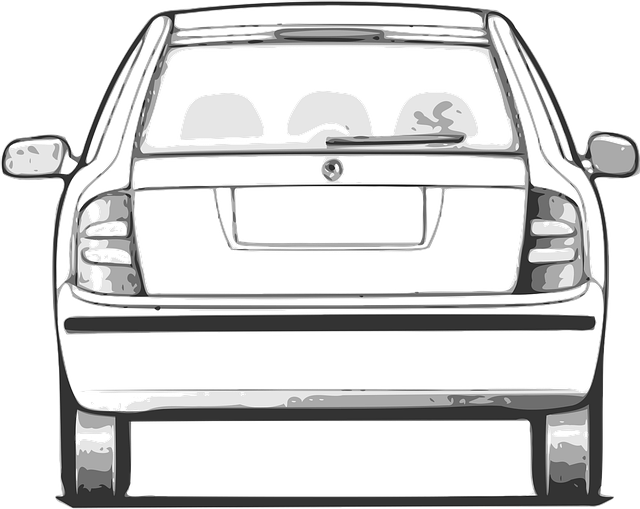
Climate shifts caused by global warming significantly impact the performance and functionality of Advanced Driver-Assistance Systems (ADAS). Extreme weather conditions, such as heavy rainfall, snowstorms, and high winds, can affect sensors’ accuracy and response time, leading to potential safety risks. For instance, ADAS recalibration glass plays a critical role in maintaining optimal sensor performance. This specialized glass helps counteract the effects of environmental changes by ensuring that cameras and radar systems have clear, unobstructed views, enabling accurate data collection for ADAS features like adaptive cruise control, lane departure warning, and collision avoidance systems.
Regular ADAS recalibration becomes increasingly vital as climate patterns shift, with regions experiencing more frequent and severe weather events. Collision repair services and car bodywork repairs that include ADAS recalibration glass are essential to keep vehicles safe and reliable in these changing conditions. By addressing sensor performance issues early, vehicle restoration experts contribute to enhancing road safety, which is a primary concern for all transportation stakeholders.
The Synergy Between Recalibration Glass and Climate Adaptability in ADAS
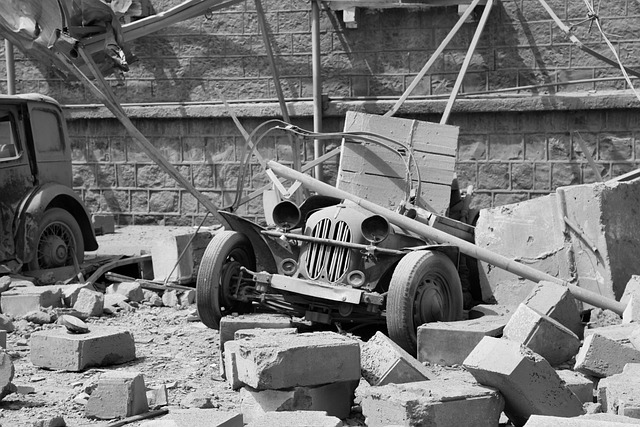
The integration of ADAS recalibration glass into modern vehicles plays a pivotal role in enhancing their climate adaptability. This advanced technology ensures that Automated Driving Assist Systems (ADAS) remain accurate and reliable even after exposure to extreme weather conditions or vehicle collisions. By enabling precise recalibration, the glass helps compensate for any distortion or shift in sensor readings caused by environmental factors like temperature changes, rain, snow, or hail.
This synergy between recalibration glass and climate adaptability is crucial for the overall performance and safety of ADAS features such as adaptive cruise control, lane keeping assist, and automatic emergency braking. In a vehicle body shop or during vehicle collision repair, the expertise lies in not just fixing physical damage but also ensuring that the intricate sensors and cameras are recalibrated correctly. This meticulous process is vital to maintain the expected level of safety and efficiency, especially as vehicles navigate increasingly diverse and challenging climatic conditions.
ADAS recalibration glass emerges as a key component in enhancing the adaptability of advanced driver-assistance systems (ADAS) to climate shifts. By enabling precise sensor recalibration, this technology ensures that ADAS remains effective under varying weather and environmental conditions. As climate change progresses, the synergy between recalibration glass and climate-adaptable ADAS will be vital for improving road safety and driving experiences in a dynamic global landscape.

